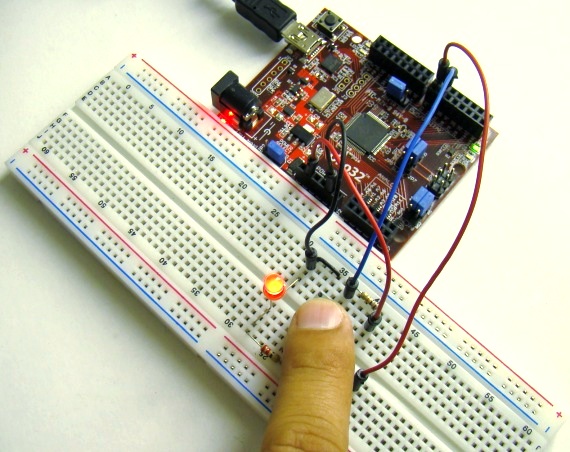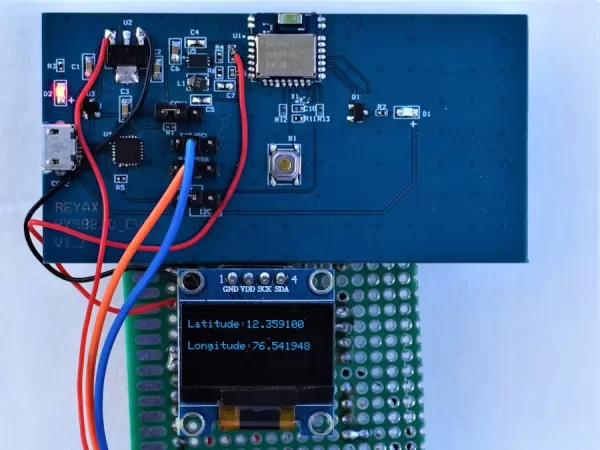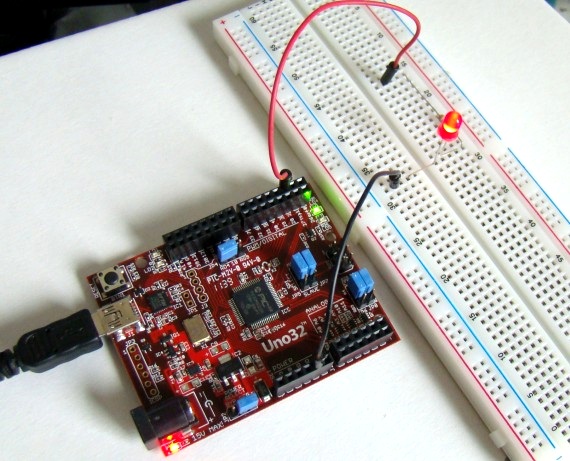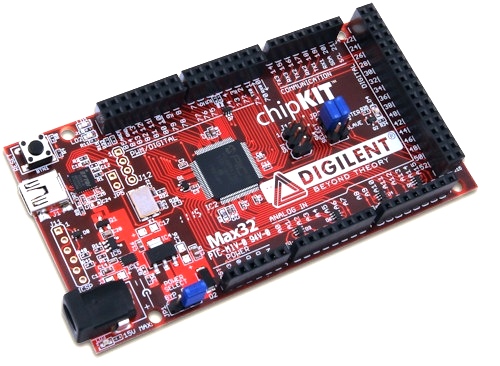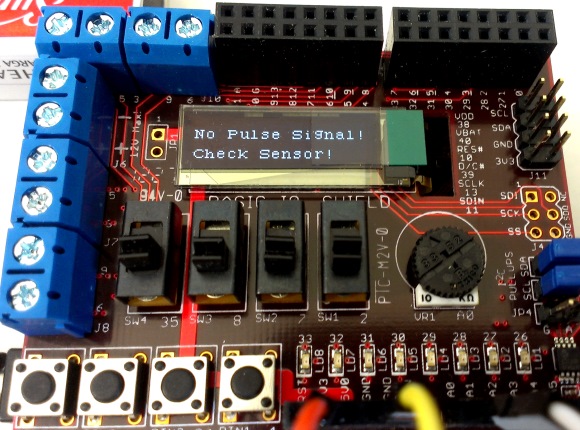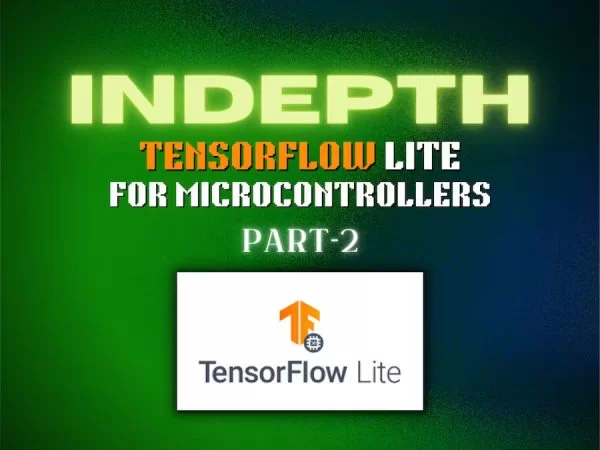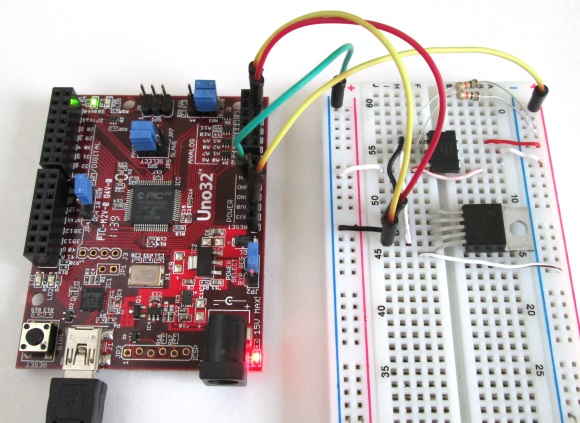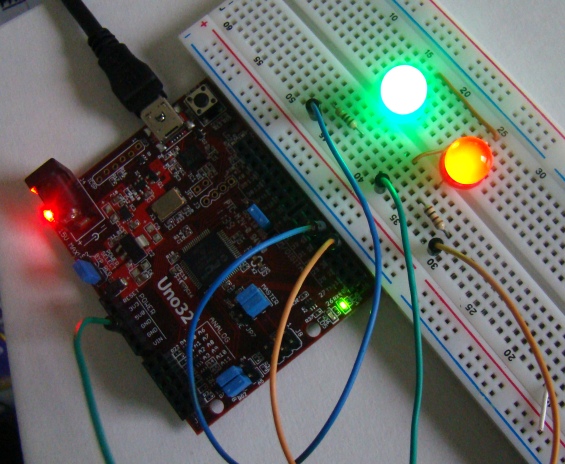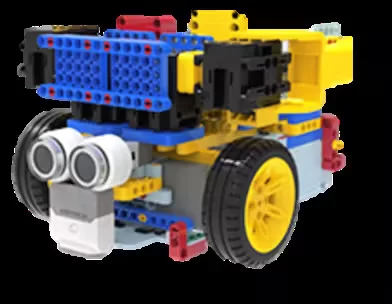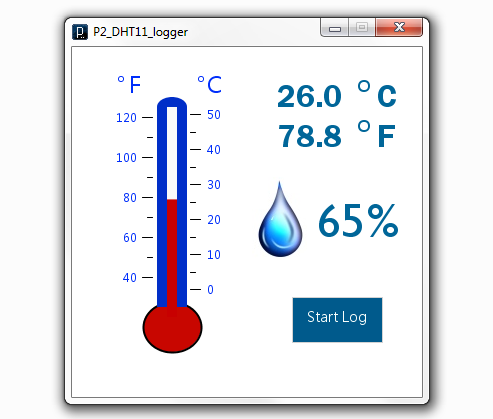Our first chipKIT tutorial is about reading and writing digital data (0 or 1) from and to an I/O pin of the chipKIT board. Digital inputs are useful to determine whether an incoming digital signal is logic HIGH or logic LOW. A simple application of digital input is reading the state of a push-button switch […]
Projects
Tiny GNSS Module Interfacing With Microcontroller
Interfacing ultra-low power REYAX RYS8830Tiny GNSS Module with Microcontroller. Story about Tiny GNSS Module while working with Tracking devices we need GPS Or GNSS receivers to get the geolocation details. These receivers must be precise by consuming low power, shouldn’t have an external antenna, and must be small. Finding the modules with all these specifications […]
chipKIT Tutorial 2: Serial communication with PC
The PIC32 processor on the chipKIT Uno32 board provides two hardware serial ports. One of these is used by the on-board FTDI chip to create an USB-UART interface that allows the MPIDE tool running on the PC to communicate with the Uno32 board through an USB port. In this tutorial, we will use the same […]
What is Chipkit Development Board?
In order to understand the chipKIT platform, it is important to talk about Arduino first. Arduino is an easy-to-use and powerful open source environment for developing microcontroller based applications.Chipkit Development Board It has gained huge amount of popularity in past few years, specially among hobbyists. Arduino has been a wonderful tool, introducing many people to […]
chipKIT Project 3: Easy Pulse Meter
This is a third project in our chipKIT tutorial series and today we are going to construct a simple pulse rate meter using our Easy Pulse sensor with Digilent’s chipKIT Uno32 board. Digilent’s chipKIT Basic I/O shield is also used in this project for displaying the pulse waveform and the pulse rate. What do we need? In order […]
In-depth: TensorFlow Lite for Microcontrollers – Part 2
This blog details the inner workings of TensorFlow Lite for Microcontrollers and the role of Flatbuffers in them. Story of TensorFlow Lite for Microcontrollers Part 2/2: This blog extends my TensorFlow Lite for Microcontrollers tutorial. I was selected in Google Summer of Code, under TensorFlow, to work on building demos for TinyML and when I read through the […]
chipKIT Tutorial 6: Inter-Integrated Circuit (I2C) communication
I2C or IIC (Inter-Integrated Circuit) is a simple bidirectional serial interface, which requires only 2 signal lines for data transfer. It was originally developed by Philips in 1980′s to provide easy on-board communications between a CPU and various peripheral chips in a TV set. Today, it is widely used in varieties of embedded systems to […]
chipKIT Tutorial 5: Pulse width modulation (PWM)
Pulse width modulation (PWM) is a technique of controlling the amount of power delivered to an electronic load using an on-off digital signal. The key idea behind this technique is that the average DC value of the digital signal, and hence the power delivered to the load, can be varied by varying the duty cycle […]
Voice Activated Robo Car on Microcontroller with TinyML
Using voice recognition with the in-built microphone, Wio Terminal (Voice Activated Robo Car) will be able to recognize the go, stop and background noise by TinyML. Story of Voice Activated Robo Car In this article, I will be making a voice activated Robo Car with the in-built microphone on Wio Terminal to recognize the go, stop and background […]
chipKIT Project 2: Temperature and relative humidity logger
This project is about building a PC-based temperature and relative humidity logger using the chipKIT Uno32 board and the DHT11 sensor. The project setup requires no additional wires (other than the USB cable) and components; the DHT11 sensor is directly plugged into four I/O pins of the Uno32 board and the project is ready to […]

